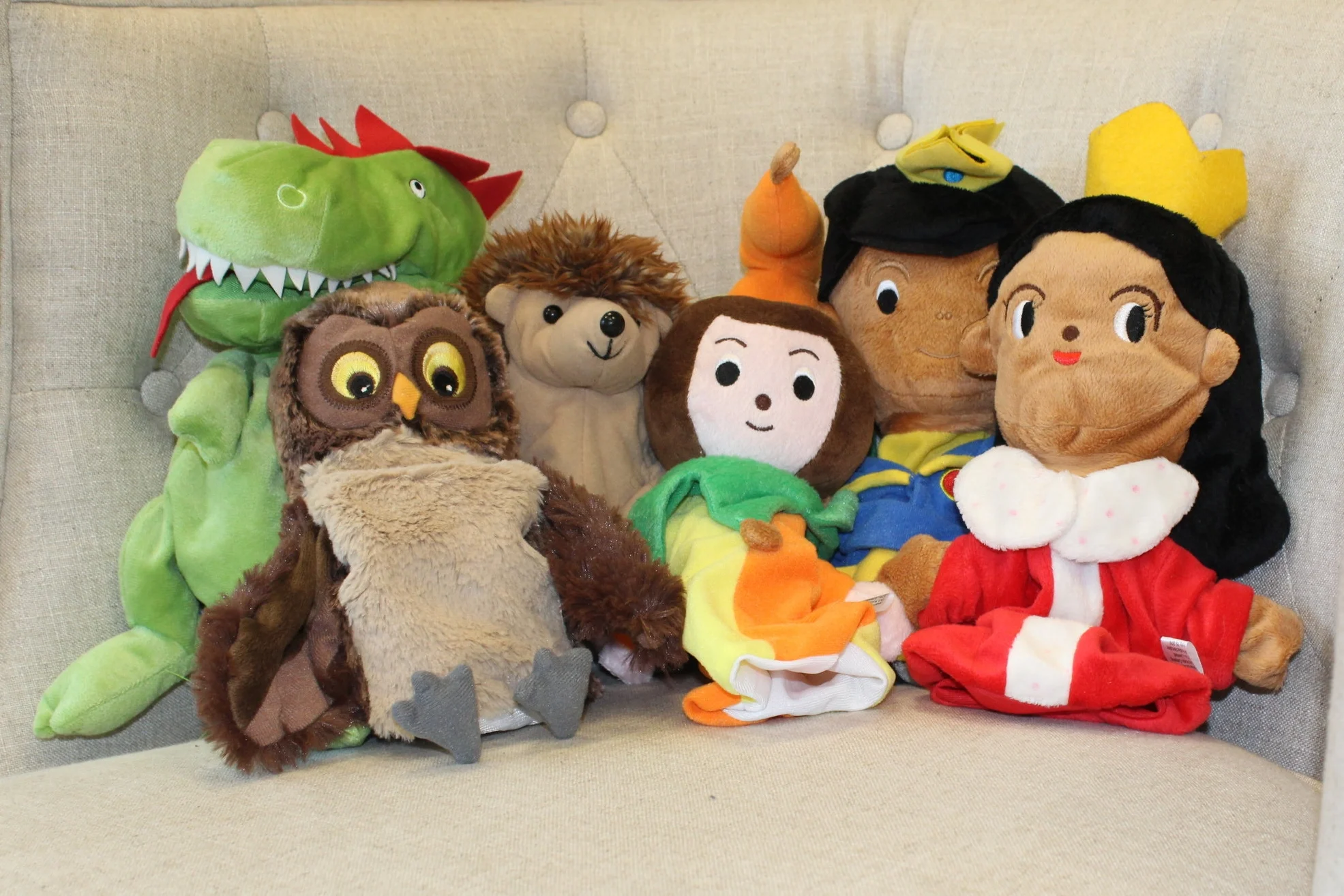“You can discover more about a person in an hour of play than in a year of conversation.”
Why Play in Therapy?
Play therapy is the choice treatment modality for children age 3 to 12 years. Play therapy is effective in helping children to process and cope with life stressors such as divorce, abuse, or death of a loved one. Play therapy has also been found effective in treating anxiety, depression, obsessive-compulsive, attention deficit hyperactivity, autism spectrum, managing anger, and social development.
What is Play Therapy?
"Play Therapy is based upon the fact that play is the child's natural medium of self expression... It is an opportunity which is given to the child to 'play out' his feelings and problems just as in certain types of adult therapy an individual "talks out' his difficulties." Virginia Axline
Qualifications to practice Play Therapy
Our child therapists received training specifically in working with children in their degree programs, are members of various associates such as Association for Play Therapy (APT), and participate in ongoing trainings in addition to regular case consultation & supervision with Melissa Carlson, LCPC.
Melissa is also a Certified EMDR Child Specialist. More on EMDR here.
See below video, the power of sandtray explained.
Neuroscience of Sandtray Therapy as a Way to Heal
"Sandtray is able to work the WHOLE brain, allowing for the right AND left to talk to each other. Because it uses images, it actives the right part of the brain where so much of what runs therapy lies - trauma, negative thoughts and feelings. When we are able to bring up those experiences into the external world through images and miniatures, then our left brain can come in put words to what we are feeling." Amy Flaherty, LPE-I of Southern Sandtray Institute.
5 year old “client” working in small sand tray
Therapeutic Uses of Play
Enables children to deal with emotional experiences & related feelings through symbolism.
Allows children to be creative & resourceful in confronting problems.
Gives children opportunity to make choices & to be responsible for those choices.
Self-direction
Self-acceptance
Encourages discovery of strengths.
“Sandtray Therapy makes the internal external so it can be weaved into the narrative of life.”





